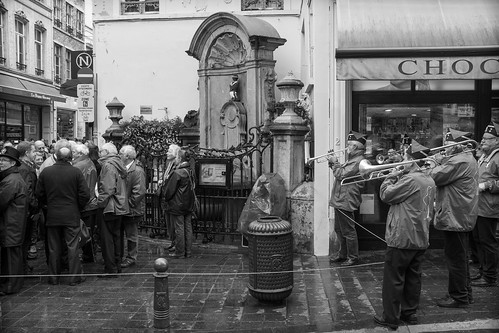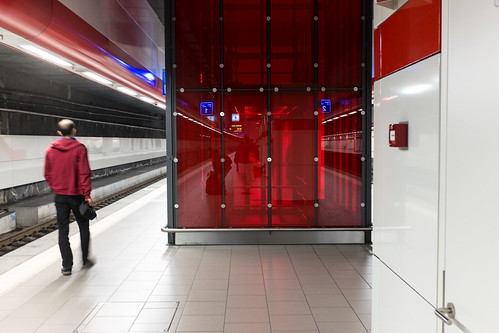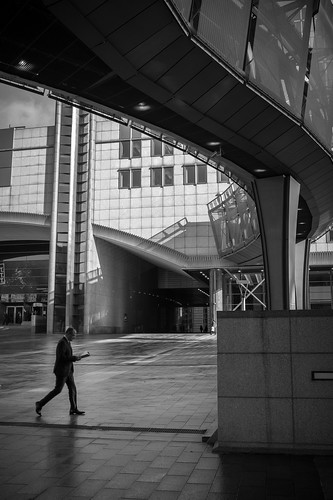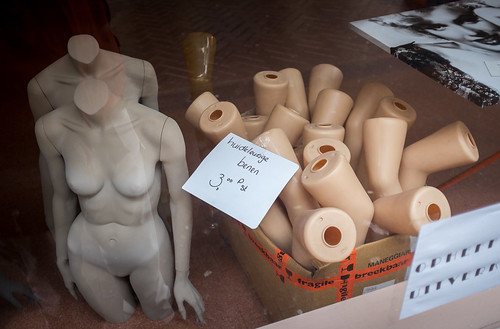My Fujifilm X100S complete with gaffers tape.
As an owner of theFuji X100S for the past five months I've heard that question more than a dozen times. Second only to "Wow, do you still shoot film?"
It's a fair question. The Fuji X100S does somewhat resemble the Leica digital M9 or the M3 film camera and maybe that was what Fuji designers had in mind.
Somehow I think the X100S secretly likes this question. It's like watching a cover band that sounds just like the real thing and knowing that I only had to pay a fraction of the cost and had just as much fun. And just maybe that cover band breaks out and becomes famous on their own one day. Then goes from famous to classic.
Steam Whistle Brewery in Toronto, Canada.
The first time I heard this question was in Toronto, Canada, during my first ten days with an X100S I rented from Borrowlenses.com. My guide during a beer tour (on the record, this was a personal shooting assignment) of the city actually combined the top two questions by commenting how cool that I was both using a Leica and shooting film.
Heron Marsh Trail in the Adirondacks, New York.
A couple of months later on a trail in the Adirondacks as a couple approached I could see the husband eyeing my camera. Just as we came together he commented that it had been a while since he had seen someone using a Leica. What really made this special was that he asked that question with a heavy German accent.
Red scooter and sign in Brussels, Belgium.
In Brussels, Belgium, as I was checking out of the hotel the desk clerk clearly was talking about something other than my bill. I was having a bit of trouble understanding him with his French accent until I heard the word Leica. Then it was clear, he was telling me that he hoped one day to afford one. Once again I took great delight in showing him that it was not a Leica, but in fact, the new Fuji X100S. Score one for international relations.
Randy's Donuts in Inglewood, Calif., near Los Angeles International Airport.
Then just the other day on the shuttle from the rental car agency to LAX I could feel the man across from me looking at the camera in my lap and sure enough, he finally asked which Leica I was carrying. I'm not sure even now he believes me that it was not what he thought it was.
Perhaps the 10mm red metal soft shutter release button I've recently added subliminally makes one think of the Leica emblem. Given that the red shutter button costs 96 cents,* combined with the $1,299 price of the X100S, I have a few more cameras to buy before my Leica 'impostor' equals the cost of an actual Leica M9. But this classic is mine.
*While the button costs $0.96, there is a $4.99 shipping cost. Also, there seems to be an issue losing the button which did happen to me, although I was lucky enough to find it in the bottom of my bag. I have since used super glue.


































